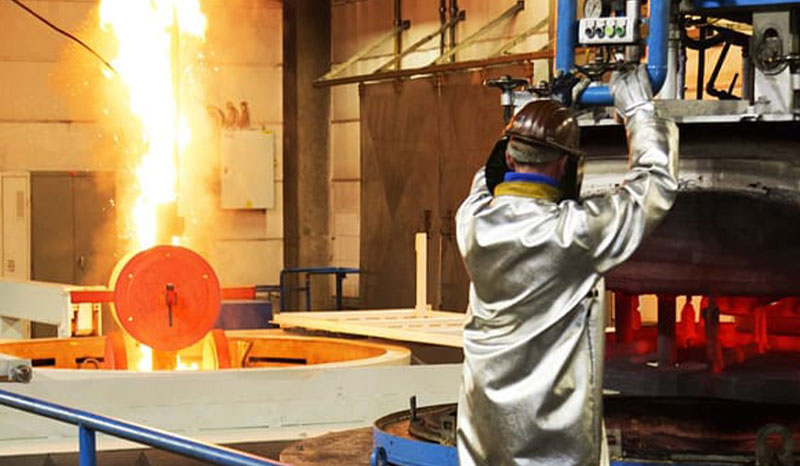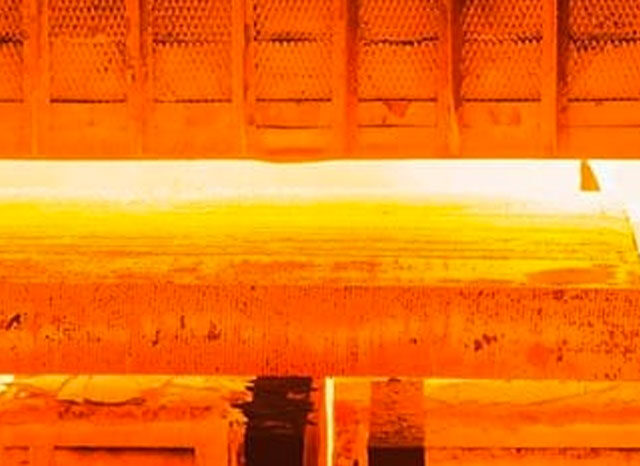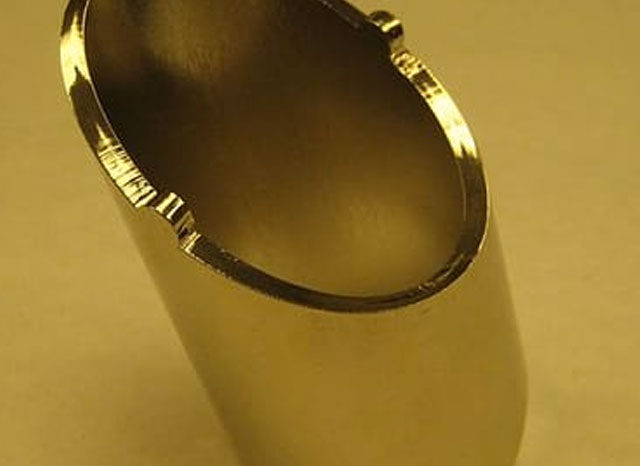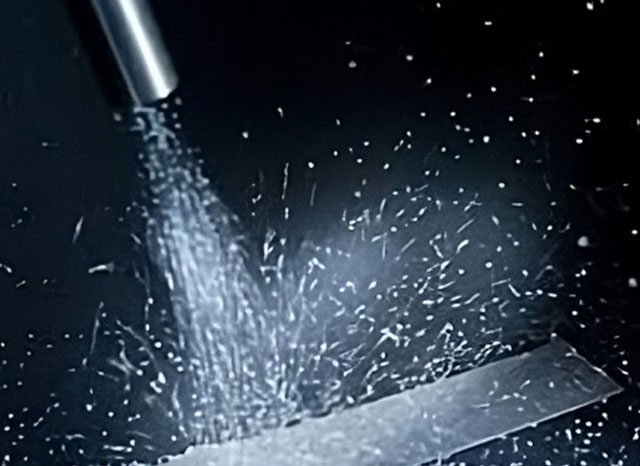What is heat treatment for steel and what is it for? Also in this case there are different types of processes. Each of these has the aim of achieving different results for the different use needs of the treated object.
With heat treatment, the chemical nickel layer present in the steel is brought to high temperatures to obtain a certain compactness of the final layer.
The objective is to improve its grip and increase its level of hardness. Thanks to the heat treatment, the transformation into a face-centered cubic shape is possible which presents a more stable composition and a higher surface hardness.
Generally, in order to obtain a surface hardness equal to 1000 HV100, a heat treatment lasting 10 hours at 300°, or 1 hour at 400° is enough. Before proceeding with this treatment it is essential to take into consideration the degree of deformation of the base material, in order to avoid damaging the item.
What is heat treatment?
Heat treatment is a heating cycle carried out under predetermined conditions and temperatures. It has the aim of making the steel take on those crystalline structures with mechanical and technological characteristics.
This procedure is always followed by several cooling phases with more or less long times depending on the effect/goals you want to obtain.
To choose the type of treatment it is necessary to know the state diagram of the steel and the related curves obtained by applying a slow heating and cooling. This step is to allow an equilibrium to be reached at each temperature.
Steel heat treatment: The importance of speed
A fundamental role during heat treatment is played by the speed of heating and cooling. The time dedicated to these processes affects the transition temperatures and, even more importantly, the very nature of the structure obtained with the possibility of obtaining metastable constituents.
Heat treatments: The phases
Depending on the result you want to obtain, the heat treatment can involve different phases:
- Annealing: it is mainly used on steel and copper as a preparation for the subsequent phases and makes the material more homogeneous and malleable.
- Normalization: consists of heating the material to a temperature slightly higher than the austenization temperature and allows microstructural equilibrium to be achieved.
- Hardening: consists of heating to a temperature approximately 50° higher than the austenization temperature and rapidly cooling it to room temperature. In this way a tensile and elastic structure is obtained.
- Tempering and hardening: it is heated to a temperature sufficient to transform the martensite and any residual austenite by heating a steel into sorbite and with hardening a structure with excellent resilience will be obtained.





